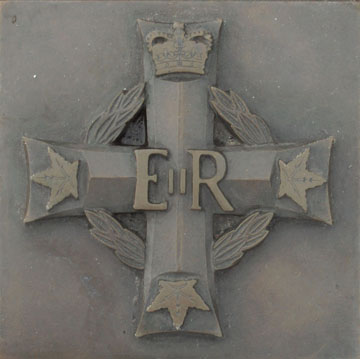
Medals and Decorations: How a veteran can be honoured for their sacrifice
LETHBRIDGE, AB – Medals are earned through accomplishments, time or bestowed upon by other countries for a soldier’s deeds.
That’s according to retired Warrant Officer Glenn Miller.
Miller, who works with the Lethbridge Legion, spoke with Lethbridge News Now on a variety of topics as part of Veterans’ Week ahead of Remembrance Day on November 11.
LNN asked Miller to speak about different honours one can receive during or after their years of service.




